6 houseplants that can reduce the dust levels in your home, from snake plants to peace lilies
These houseplants are brilliant at collecting dust in the home
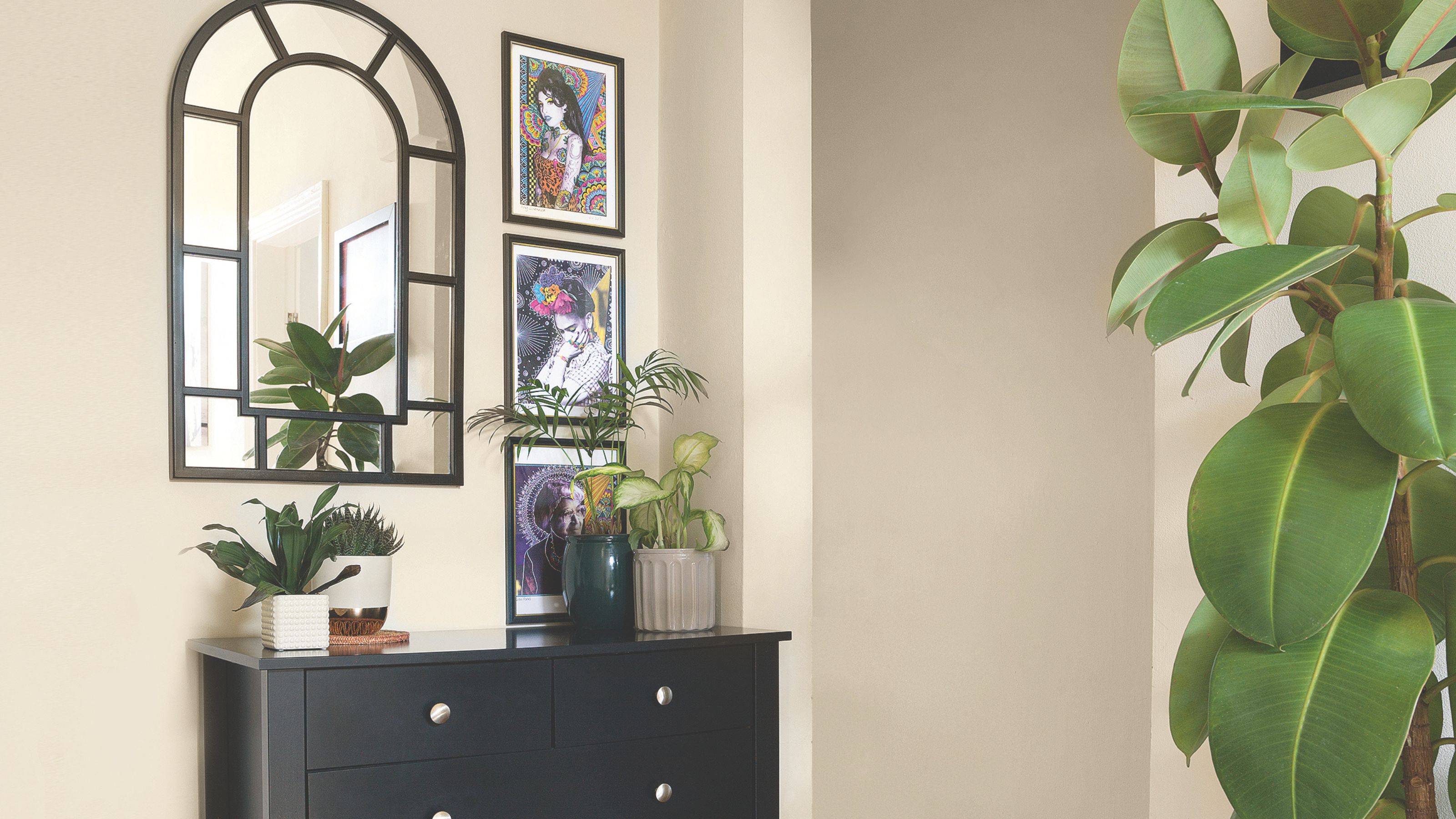

Sophie King
Houseplants are a popular staple in the home, and for some time now, there's been talk around houseplants that can reduce the dust levels in your home.
Well, houseplants can't remove dust from the home, per se, but certain plants are good at catching it — so if you're looking for ways to get rid of dust and you also happen to be on the hunt for houseplant ideas, now might be the time to expand your plant collection.
We've rounded up six of the best houseplants that can reduce the dust levels in your home, from the most unkillable houseplants to plants that are great at purifying the air.

Best houseplants that reduce dust levels in the home
Many indoor plants catch and hold onto airborne dust particles without letting go. It does this by producing negative ions that work a bit like magnets, physically pulling dust particles out of the air and onto the leaves of your plants.
'Some indoor plants have fine, hair-like structures on their leaves which can trap dust floating in the air,' explains Elise Harlock of Prestige Flowers. 'They won’t reduce the dust in the home, and won’t prevent regular cleaning, but they can be a magnet for dust particles.'
That said, you shouldn't neglect your dust-ridden plants. 'Make sure you wipe down the leaves of houseplants regularly with a damp cloth to ensure they can photosynthesise effectively and don’t look dull,' Elise says.
These are the six houseplants that reduce the dust levels in your home the best.
Get the Ideal Home Newsletter
Sign up to our newsletter for style and decor inspiration, house makeovers, project advice and more.
1. Pothos
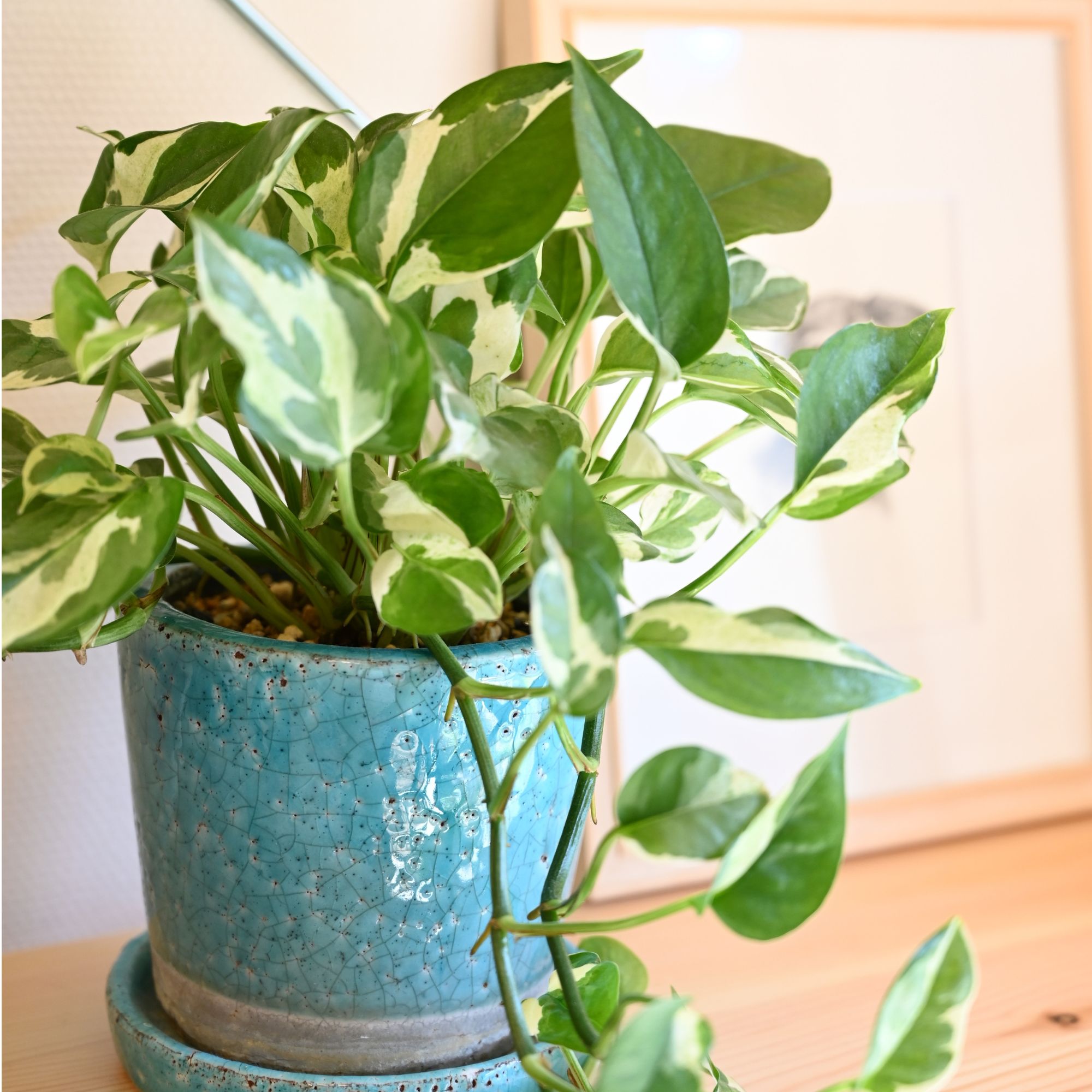
Pothos, also known as devil's ivy, is a brilliant dust collector. It's a fast-grower, easy to care for and looks great in the home.
'The broad, waxy leaves of pothos are good for attracting dust,' says Elise. Varieties like golden pothos are also listed as some of the best houseplants to boost wellbeing in the home.
If you learn how to propagate pothos plants, you could share them around with friends and family and grow them in several rooms at a time.
Where to buy a pothos plant:
- Plants For All Seasons: A small pothos plant to get you started.
- Crocus: Add a touch of lime green to your home with this golden pothos plant.
2. Spider plant
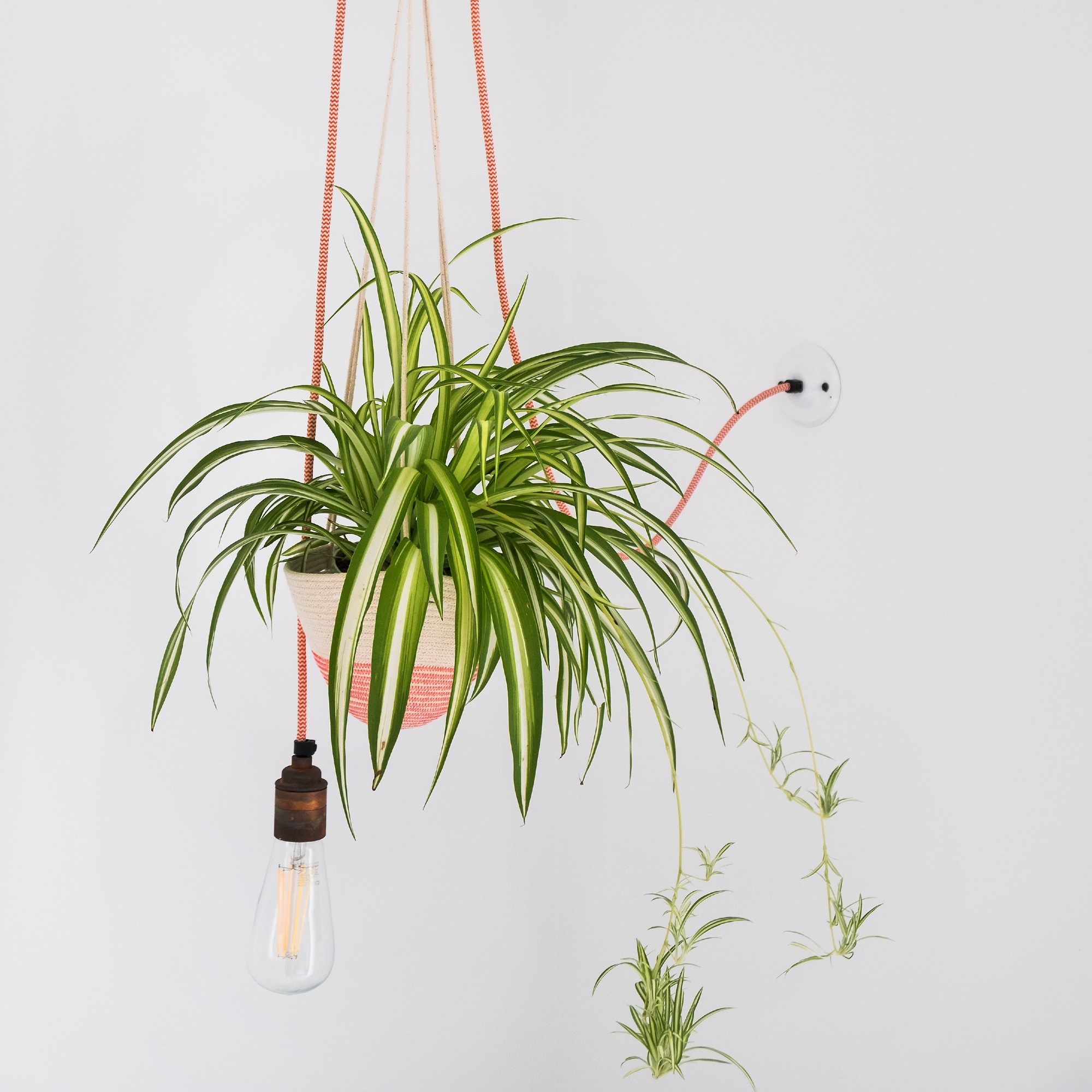
One of the best bathroom plants that absorb moisture, spider plants are also great at reducing dust in your home.
‘Spider plants are excellent at removing dust and other airborne toxins, including formaldehyde, from the air,’ says Steve Chilton, garden expert at LeisureBench. ‘They are relatively low-maintenance and can thrive in various light conditions.’
Caring for snake plants is straightforward, too — you only need to water spider plants occasionally and they will thrive in most soil types.
Where to buy a spider plant:
- Crocus: Chlorophytum comosum 'Variegatum' is available to buy alone or in a decorative pot.
- Gardening Express: Chlorophytum 'Bonnie' has curly leaves.

Steve is a passionate and knowledgeable garden expert with several years of experience within the field. As the director of LeisureBench, an industry-leading garden furniture company, Steve has developed strong expertise for all things nature and plants.
3. Snake plant
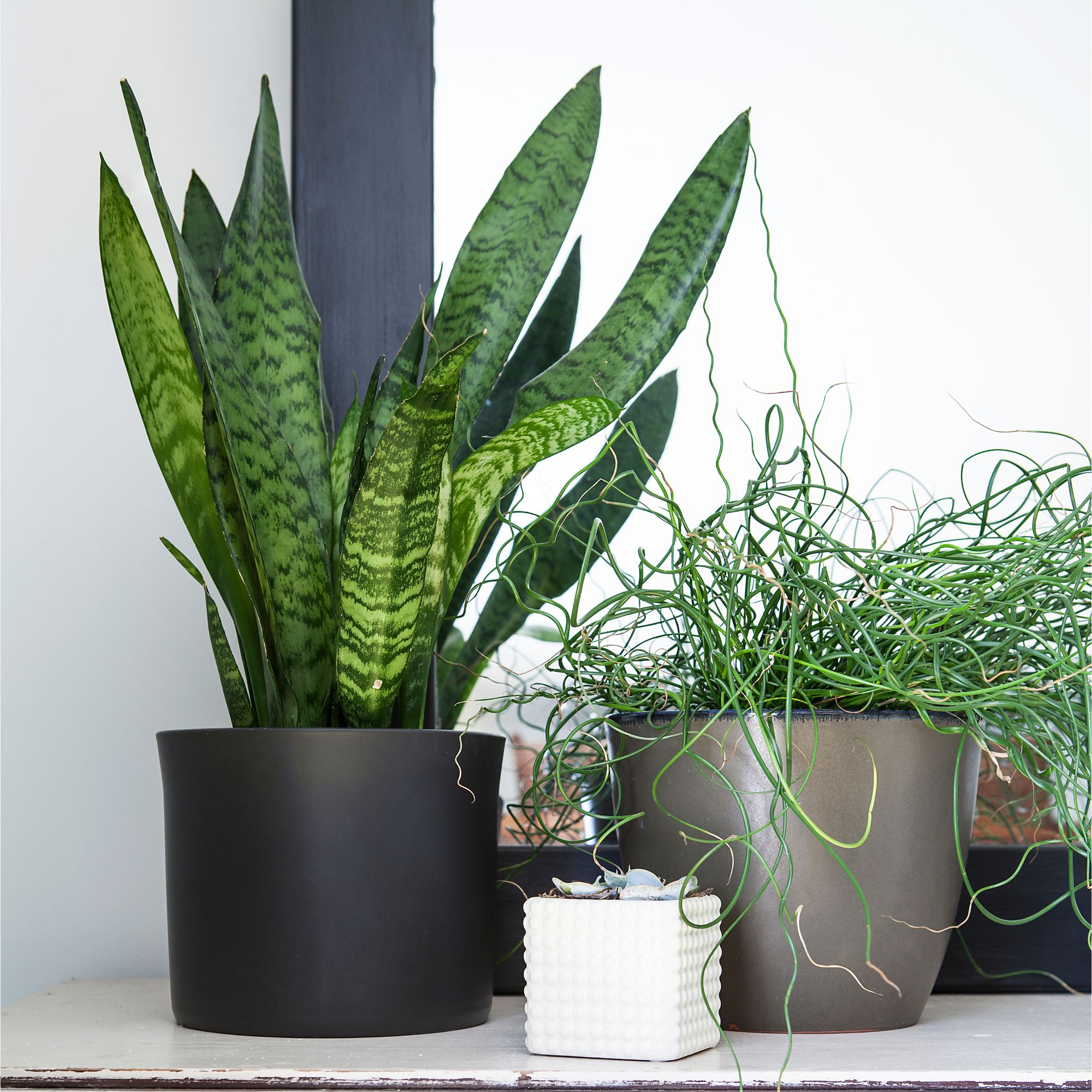
While a snake plant is not the most unusual houseplant, it certainly has a lot of benefits.
‘These plants are known for their ability to purify the air by converting carbon dioxide into oxygen at night,’ Steve says.
Explaining how to care for a snake plant, he continues, ‘They are low-maintenance and can tolerate a variety of light conditions.’
Snake plants famously don't need a lot of water, and will actually grow healthier if you let the soil dry out between watering. The thick, sword-shaped leaves are brilliant dust collectors.
Where to buy a snake plant:
- B&Q: A snake plant in a plastic terracotta pot.
- M&S: Another beautiful snake plant in a ceramic pot.
4. Peace lily
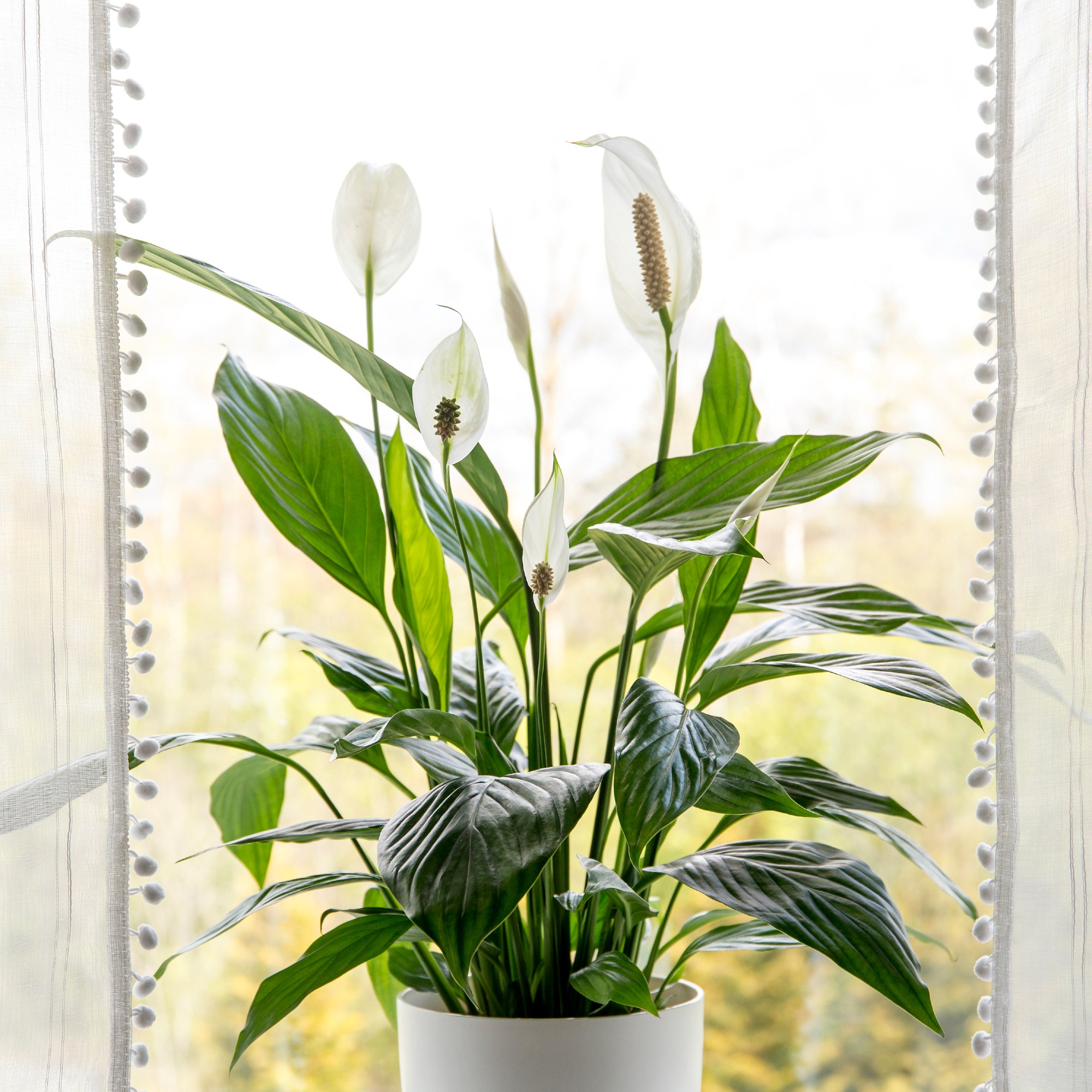
Known for their pretty white spathes, peace lilies can also reduce the amount of dust floating around your home.
'Peace lilies are not only beautiful, but also highly effective at filtering out dust and common indoor allergens,' explains Neil McKenzie, home expert at Halton Stairlifts. 'They prefer conditions with low light levels and room temperature.'
Luckily, learning how to care for peace lily is easy — just make sure you keep them out of direct sunlight and water them regularly.
Where to buy a peace lily:
- Amazon: This peace lily is Amazon's Choice.
- Bloom & Wild: Buy a peace lily with a ceramic pot.
5. Areca palm
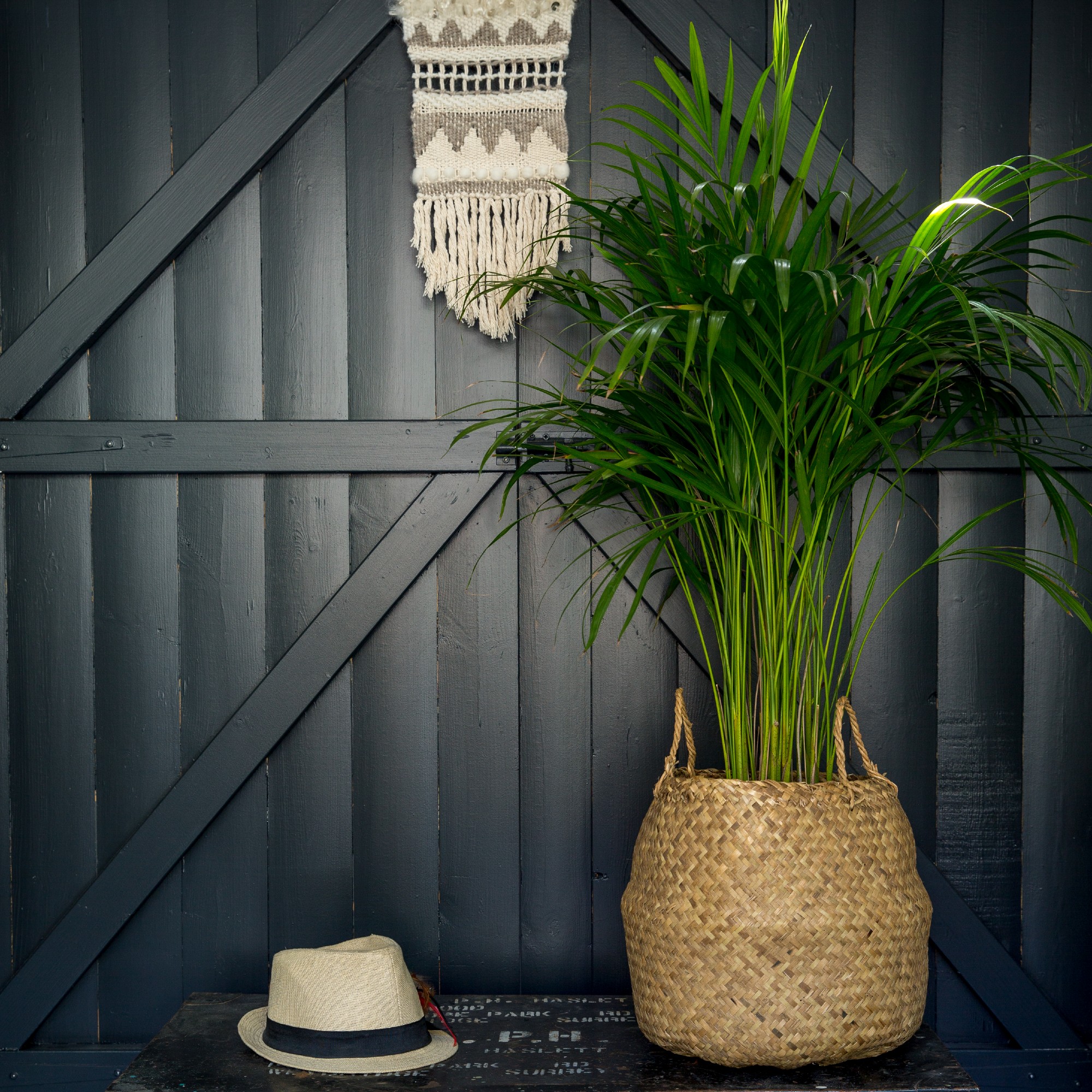
Also known as bamboo palm, butterfly palm or yellow palm, the areca palm is a tropical plant that can bring a touch of warmer climes to the home.
Areca palms are relatively easy to care for, and their lush, leafy fronds make them brilliant houseplants that can reduce the dust levels in the home.
‘Areca palms are not only effective at filtering airborne particles, but also help add moisture to the air,' says Steve. 'They prefer bright, indirect light and moderate watering.'
Where to buy an areca palm:
- Prickle: Buy an areca palm in a range of sizes.
- Amazon: This areca palm is another Amazon's Choice.
6. Rubber plant
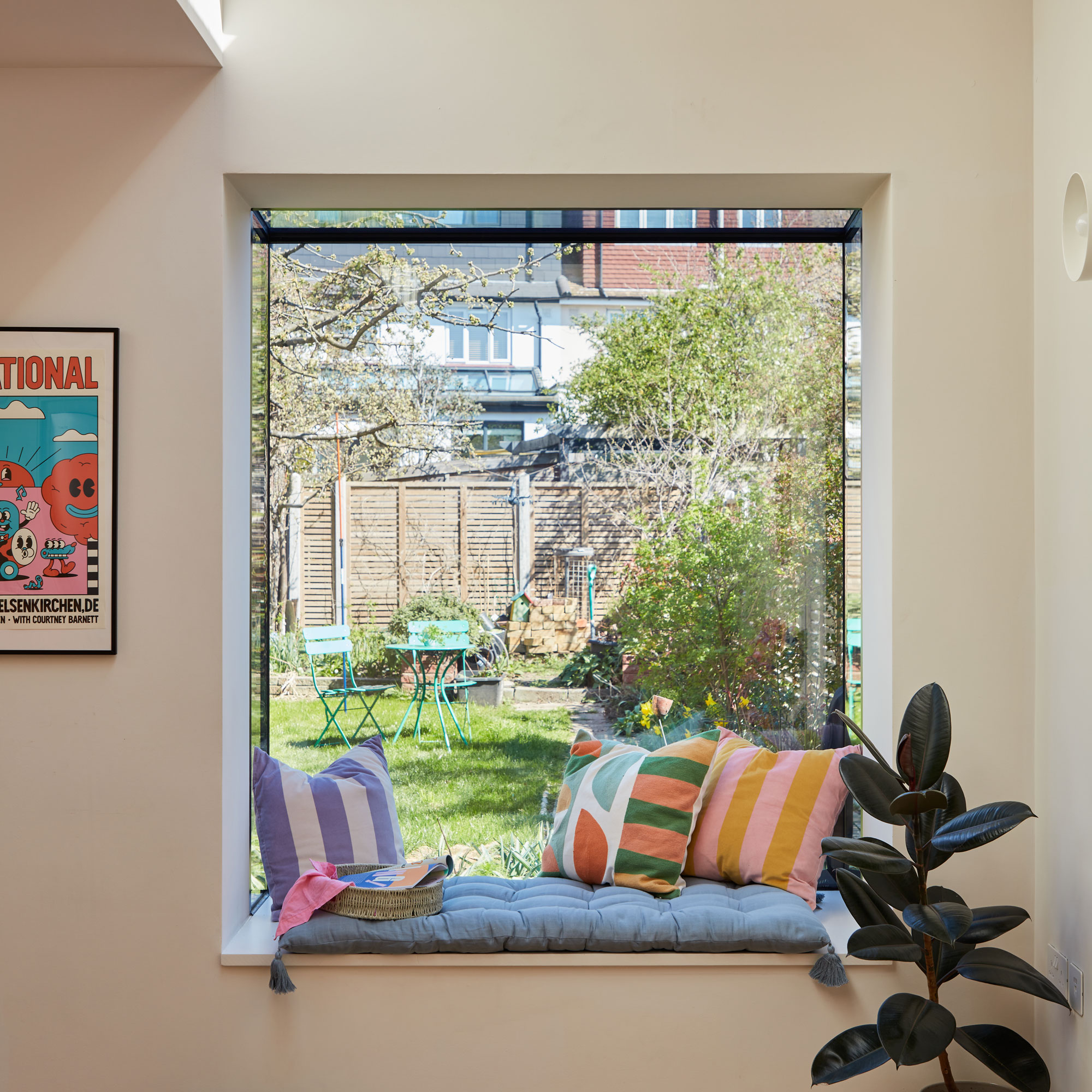
Rubber plants already have a brilliant reputation for absorbing air pollutants, but they're also great at catching dust in the home. Plus, rubber plants are simple to care for.
Their large, waxy leaves are effective at trapping dust, and you can encourage the leaves to trap even more dust by misting the plant daily.
Where to buy a rubber plant:
- Dunelm: Buy a Beards & Daisies Rubber Plant.
- Prickle: This Abidjan Rubber Plant is available in several sizes.
FAQs
Can indoor plants reduce dust?
Indoor plants don't physically remove dust from the air, but they're effective at catching it, especially if they have large, waxy leaves.
‘Keep in mind that houseplants shouldn't be a replacement for regular cleaning practices, but they can assist in your efforts to maintain a dust-free and fresh living space,' explains Petar Ivanov, Fantastic Gardeners' gardening and plant expert.
What indoor plants are good for dust allergies?
No houseplant can vastly improve dust allergies, but some plants are good at contributing to cleaner air.
'Houseplants won’t remove toxins or allergens from the air, but the right ones can mildly increase the quality of your indoor environment,' says Elise.
Which houseplants should we go for, then?
'The snake plant is one of the most popular choices, and aloe vera plants also make a nice addition to a room,' Elise recommends.
So, there we have it: the best houseplants for catching dust in the home. Either way, you'll have beautiful new additions to your houseplant collection!

Sara Hesikova has been a Content Editor at Ideal Home since June 2024, starting at the title as a News Writer in July 2023. She is now also the Ideal Home Certified Expert in Training on Furniture, and so far has tested over 150 different sofas.
Graduating from London College of Fashion with a bachelor’s degree in fashion journalism in 2016, she got her start in niche fashion and lifestyle magazines like Glass and Alvar as a writer and editor before making the leap into interiors, working with the likes of 91 Magazine and copywriting for luxury bed linen brand Yves Delorme among others.
- Sophie KingGardens Editor
-
 Ninja's new Pro series Luxe Café machine has been listed on its website
Ninja's new Pro series Luxe Café machine has been listed on its websiteNinja has quietly listed its new Pro Series espresso machine on its UK website. We're impatiently waiting for a launch date
-
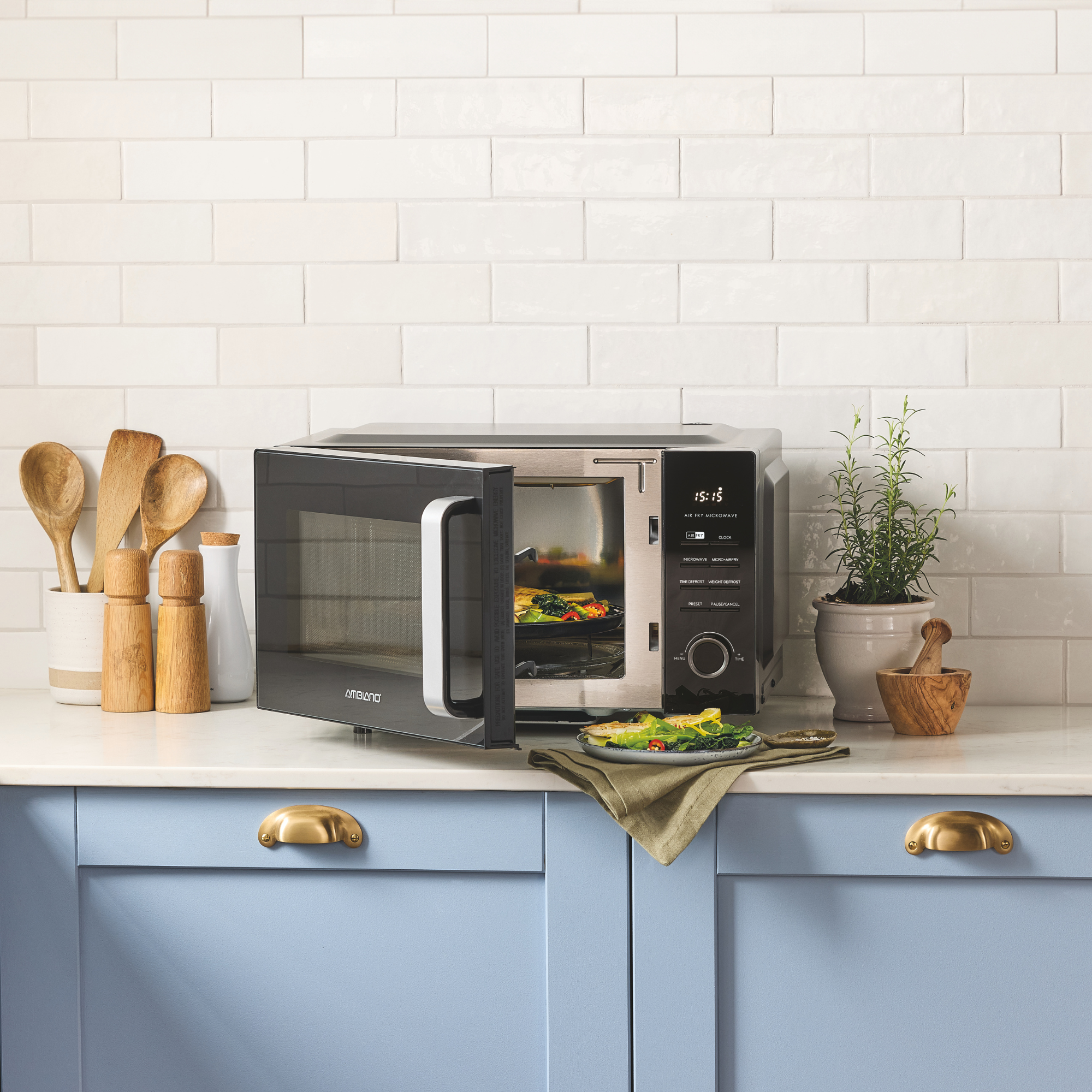 Aldi has launched a new air fryer with a special extra function – but you’ll have to act fast as it’s in stores right now
Aldi has launched a new air fryer with a special extra function – but you’ll have to act fast as it’s in stores right nowCan this kitchen gadget really do it all?
-
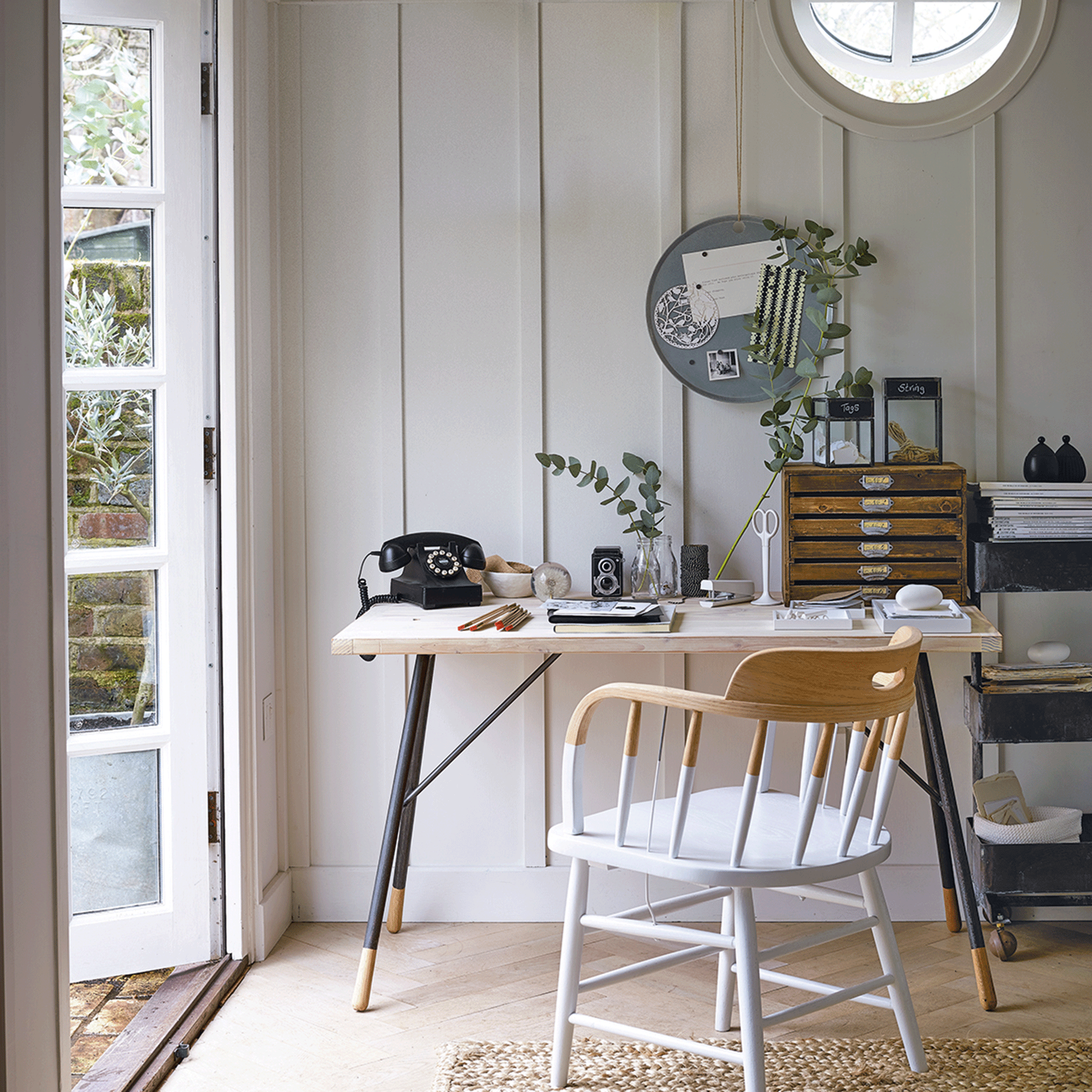 5 things every stylish dual-purpose home office needs
5 things every stylish dual-purpose home office needsWhether you're working from a bedroom or living room, WFH in style